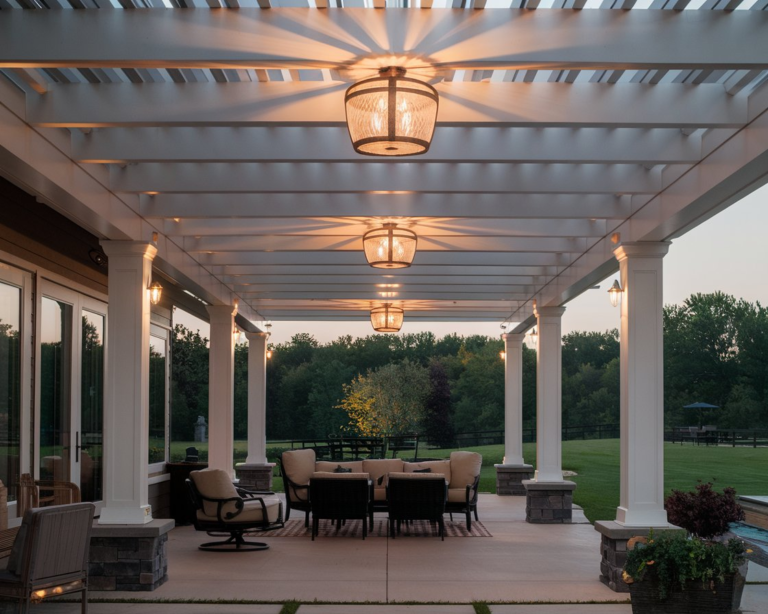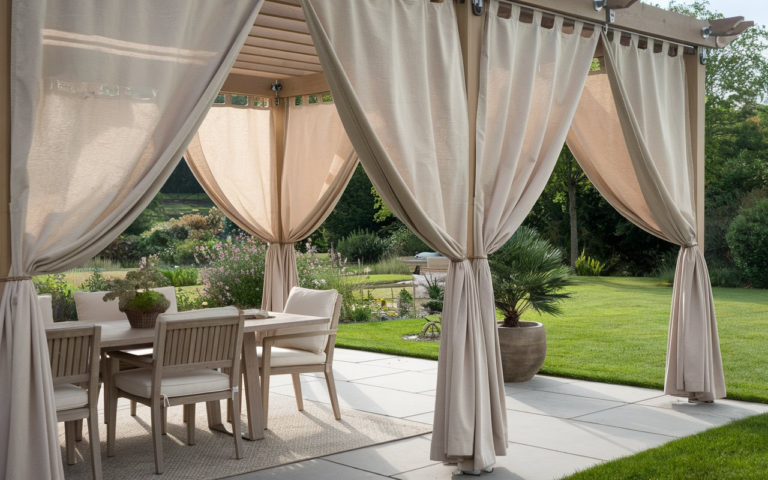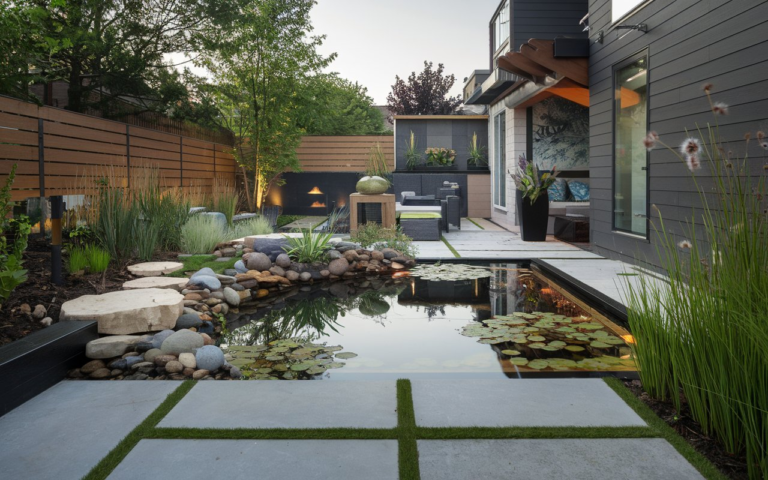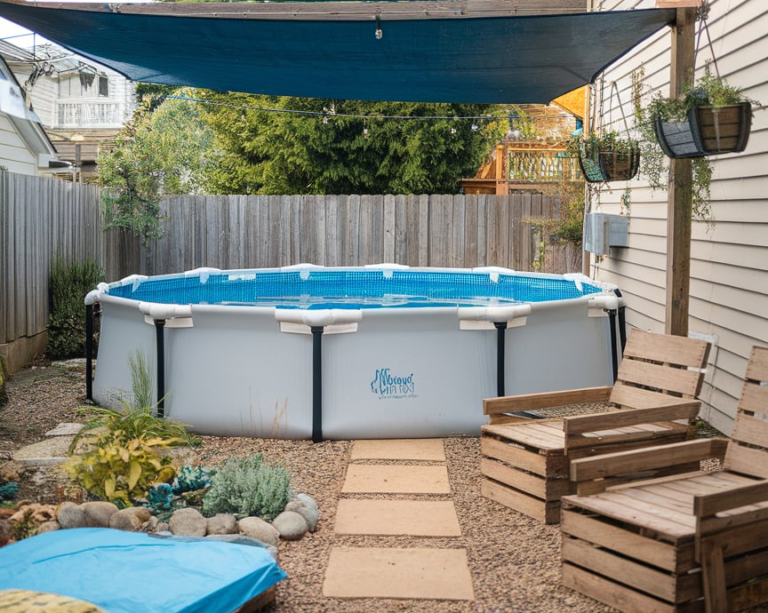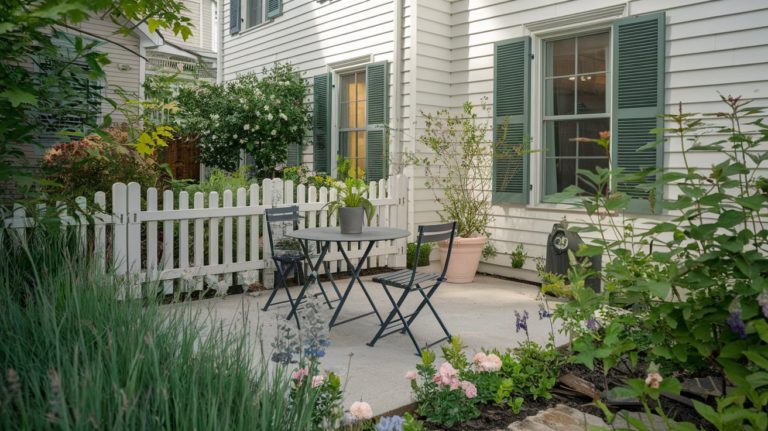22 Florida Landscaping Ideas to Transform Your Outdoor Space

Florida’s unique climate is a gardener’s paradise, but it also brings its own set of challenges. The scorching sun, high humidity, and occasional hurricanes demand a thoughtful approach to landscaping.
Whether you’re designing a backyard oasis or adding curb appeal to your front yard, these 22 Florida landscaping ideas will help you craft a stunning, low-maintenance, and weather-resistant outdoor space.
1. Embrace Native Plants

Using native Florida plants is one of the best ways to ensure your landscape thrives with minimal effort. Plants like saw palmetto, muhly grass, and coontie are well-adapted to the state’s climate and require less water, fertilizer, and maintenance than non-native species.
2. Create a Tropical Paradise
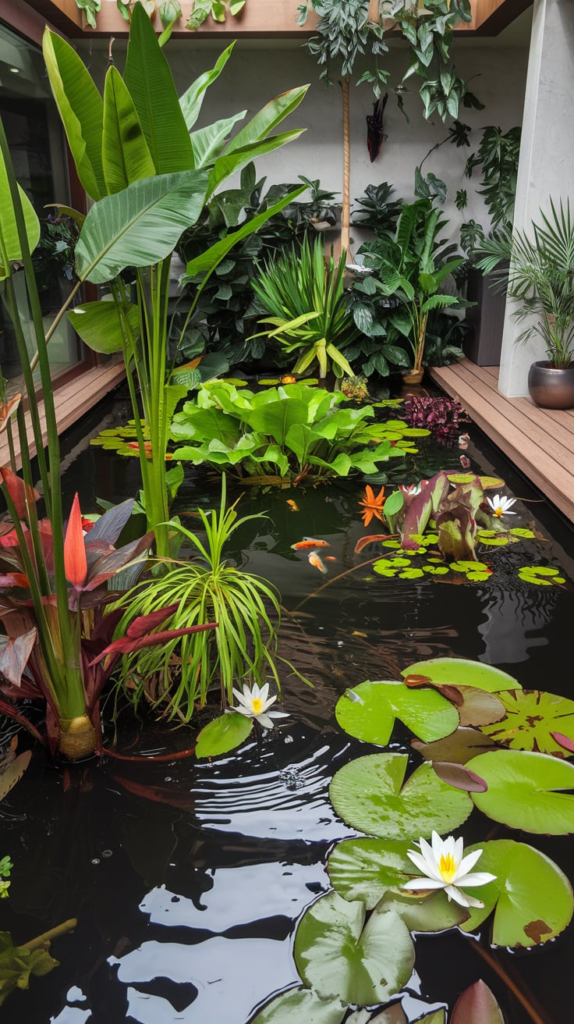
Florida’s warm climate makes it ideal for a lush, tropical landscape. Incorporate bird of paradise, hibiscus, and crotons to bring vibrant color and dramatic foliage. Palm trees, like foxtail or areca palms, add height and a signature Floridian touch.
3. Install a Xeriscape Garden

Xeriscaping is a smart landscaping technique that reduces water usage by relying on drought-tolerant plants and creative hardscaping. Use succulents, agave, and crushed shell mulch to create a visually appealing, water-wise garden.
4. Use Salt-Tolerant Plants for Coastal Areas
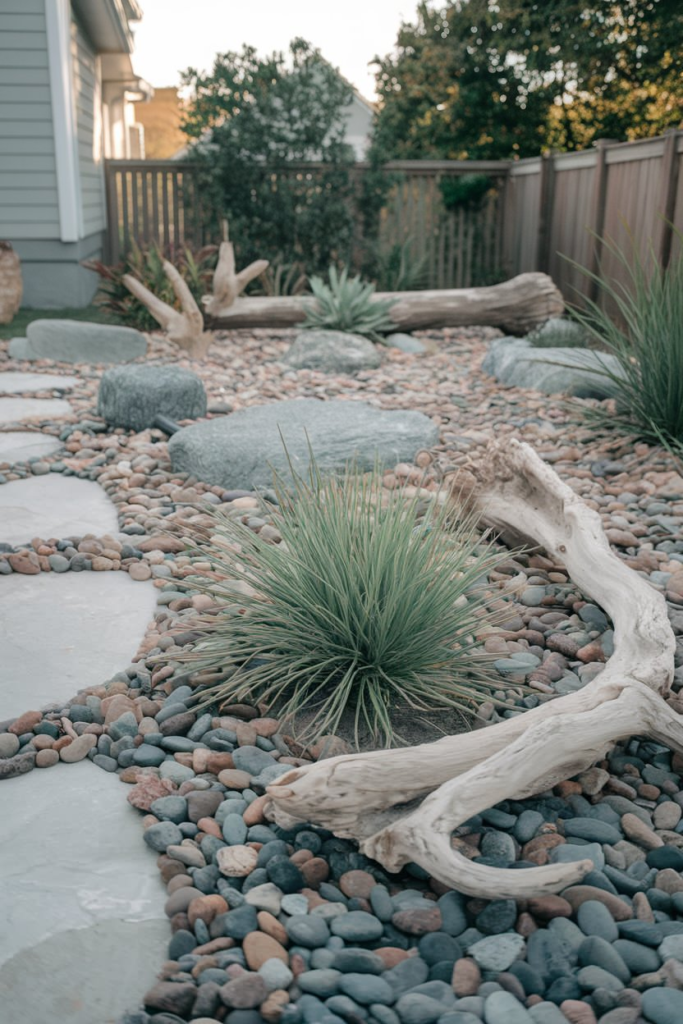
If you live near the coast, your plants must withstand salty air and soil. Opt for hardy species like sea grapes, railroad vine, and sabal palms, which naturally thrive in coastal conditions.
5. Design a Butterfly Garden

Attracting butterflies adds charm and ecological benefits to your yard. Milkweed, pentas, and firebush provide nectar, while host plants like passion vine support caterpillar development.
6. Incorporate Florida-Friendly Ground Covers

Instead of high-maintenance grass, try low-growing ground covers like perennial peanut, sunshine mimosa, or asiatic jasmine. These plants require less mowing, water, and fertilizer while providing excellent erosion control.
7. Add a Water Feature
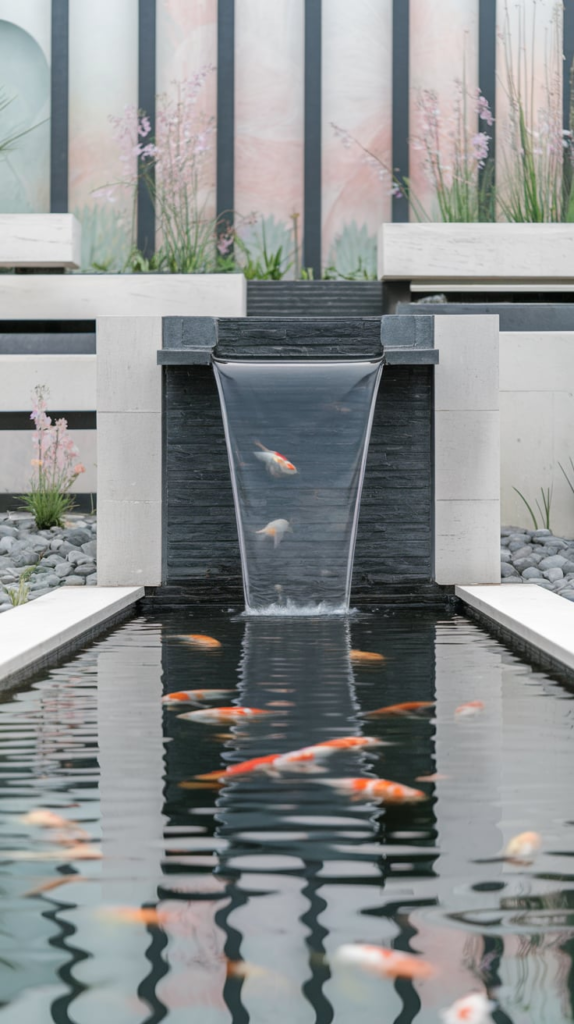
A small pond, fountain, or waterfall creates a serene ambiance and attracts birds and pollinators. In Florida’s hot climate, a well-placed water feature can even help cool the surrounding area.
8. Go for a Low-Maintenance Lawn Alternative
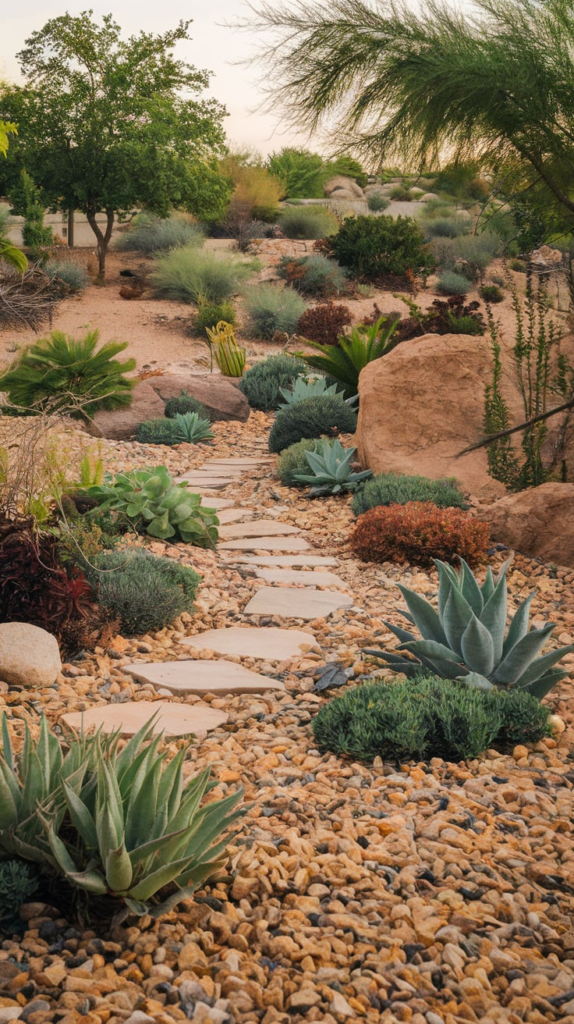
Traditional lawns demand a lot of water and upkeep. Consider replacing turf with clover, fescue grass, or artificial turf for a lush, green look without the maintenance headaches.
9. Plant a Fruit Garden

Why not make your landscape delicious? Citrus trees, mango, guava, and bananas thrive in Florida’s warmth and provide fresh, homegrown produce.
10. Use Mulch to Retain Moisture

Mulch isn’t just decorative—it helps retain moisture, suppress weeds, and regulate soil temperature. Pine straw, cypress mulch, or even crushed shells work well in Florida’s environment.
11. Incorporate Outdoor Lighting

Strategically placed landscape lighting enhances beauty and safety. Solar-powered lights, string lights, and uplighting can highlight plants, pathways, and water features for an inviting nighttime atmosphere.
12. Create a Shady Retreat

The Florida sun can be intense, so incorporate shade trees like live oaks, magnolias, or royal poinciana. Pergolas with climbing vines like bougainvillea or jasmine can also provide cool, shaded areas.
13. Build a Fire Pit Area

Even in Florida, a fire pit can be a cozy focal point for cool evenings. Use natural stone or brick to create a stylish fire pit, surrounded by tropical landscaping for a backyard retreat.
14. Choose Hurricane-Resistant Plants
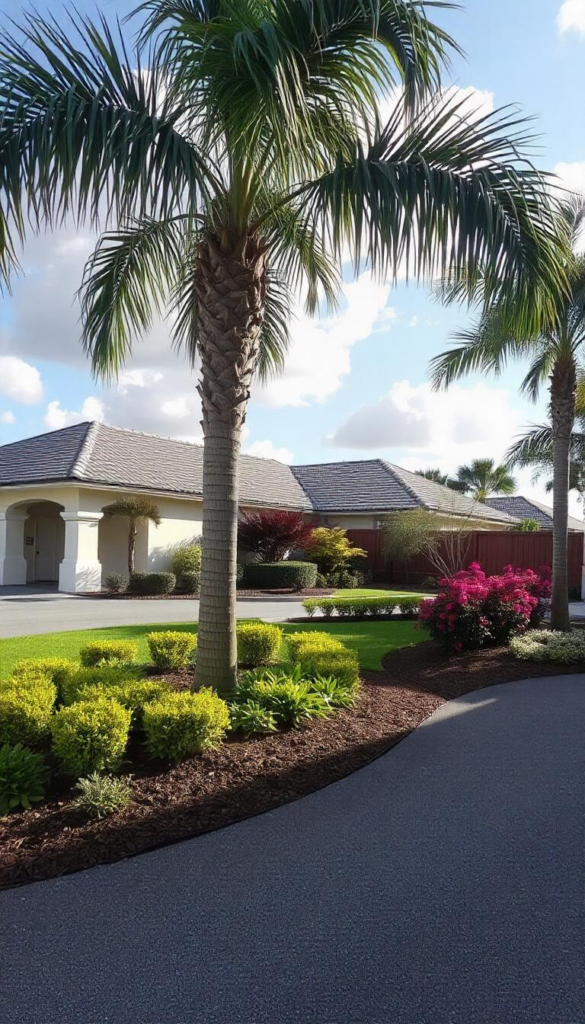
Florida’s storm season is no joke, so opt for wind-resistant plants like sabal palms, buttonwood, and live oaks, which can withstand strong gusts without easily uprooting.
15. Install a Rain Garden

A rain garden collects runoff and helps prevent flooding while beautifying your yard. Use water-loving plants like canna lilies, blue flag iris, and swamp milkweed to filter and absorb excess moisture.
16. Design a Bird-Friendly Yard
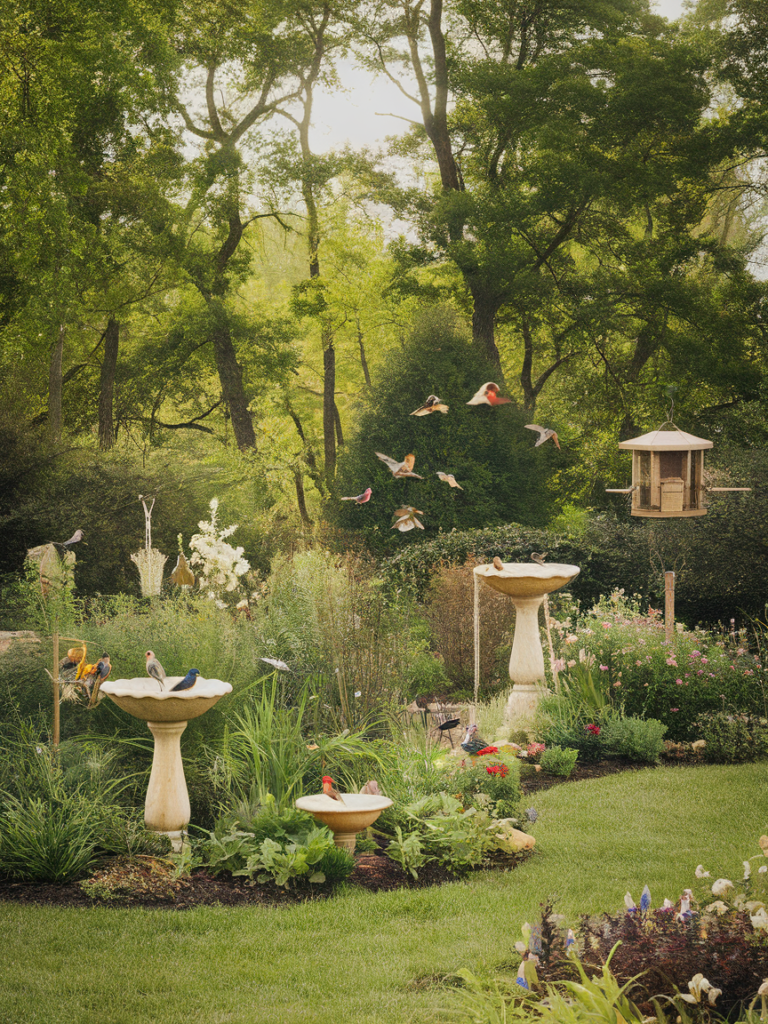
Encourage local bird populations by planting native berry-producing shrubs like beautyberry and elderberry. Adding a birdbath or feeder creates a lively, feathered paradise in your backyard.
17. Incorporate Paver Pathways

Paver pathways make navigation easier while adding visual appeal. Brick, flagstone, or gravel paths help define spaces while keeping foot traffic from damaging your lawn or garden beds.
18. Mix Textures and Heights

For a dynamic look, combine tall palms, medium-height shrubs, and low-growing flowers. Layering textures, from the spiky leaves of cordylines to the soft foliage of ferns, adds depth and movement to your landscape.
19. Add a Pergola or Arbor

A well-placed pergola or arbor covered in climbing vines can serve as a shaded retreat while adding architectural interest to your yard.
20. Use Raised Garden Beds

Raised garden beds help improve drainage and soil quality, making them perfect for growing herbs, vegetables, or ornamental flowers. Cedar or recycled composite materials work well in Florida’s humid climate.
21. Try a Tropical Rock Garden

Rock gardens with coral stone, lava rock, or river pebbles add texture and contrast to your landscape while requiring minimal maintenance. Mix in hardy plants like yuccas and dwarf agaves for a sculptural effect.
22. Create a Zen Garden

A minimalist Zen garden with raked gravel, bamboo, and stone features offers a peaceful retreat. The simplicity of these elements blends beautifully with Florida’s natural beauty.
Conclusion

Florida’s landscape is as vibrant as its sunshine, and with these 22 landscaping ideas, you can create an outdoor space that thrives in the unique climate.
Whether you’re aiming for a tropical escape, a wildlife-friendly haven, or a water-wise retreat, the right combination of plants, hardscaping, and thoughtful design will make your yard not only beautiful but also sustainable and easy to maintain.
So, roll up your sleeves, grab that shovel, and start transforming your Florida landscape today!

